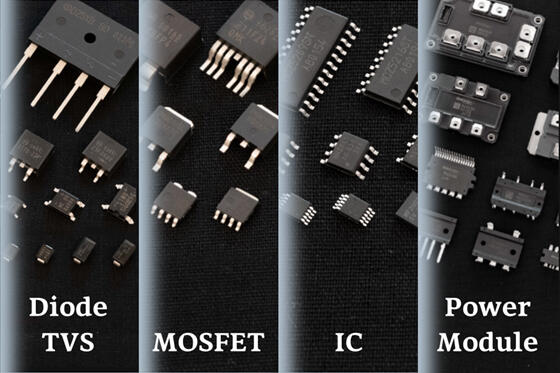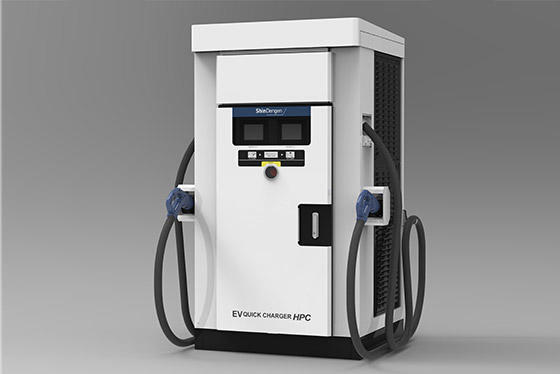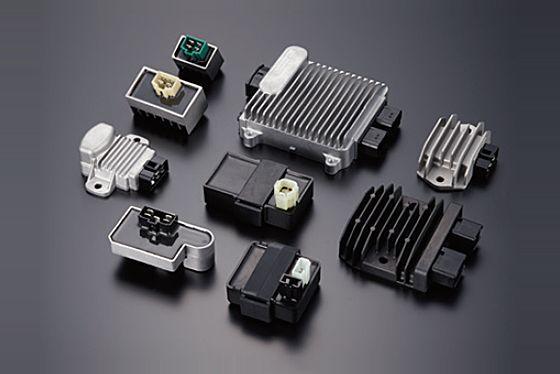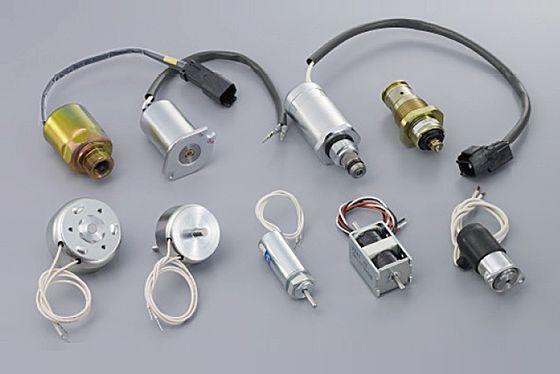GaN-HEMT feature
Generally GaN-HEMT is normally ON , so a control which differs from a general MOSFET is needed to turn OFF.
In order to turn the normally ON GaN-HEMT OFF, it is necessary to deplete a 2DEG (2 dimensional electron gas) layer, so a negative voltage is applied between G-S as shown in the figure.
In terms of circuits, normally OFF is easier to use, so development of normally OFF GaN-HEMT is an issue.
When using MOSFET in injectors (solenoids) and igniters (transformers), high voltage which exceeds the maximum rating(VDSS) of the MOSFET occurs as a result of back-electromotive force from L when the MOSFET is turned OFF. If the VDSS is exceeded, current will flow despite the MOSFET being in the OFF state, so this generate high loss and can damage the MOSFET.
How much energy (loss) can be withstood at this time is called the “avalanche capability”.
Cascode connection for Normally OFF
- Low voltage (LV) MOSFET and cascode (series) connection method.
In GaN-HEMT, there is a trade-off between Normally-OFF and Low RDS(on), and it is a challenge to achieve both at the same time.
One approach to achieving Normally-OFF is a cascode connection.
As shown in the figure, this is used connected in series with a low voltage MOSFET (LV-MOSFET). In general, 2 bare dies are combined to form a single package.
The concept is that ON/OFF is controlled by the LV-MOSFET, with GaN-HEMT generating withstand voltage. LV-MOSFETs are normally OFF, so this element can be used as normally OFF in conventional circuits.
The ON resistance will be the sum of the GaN-HEMT and LV-MOSFET resistances.
GaN-HEMT Characteristics
| Item | Symbol | Units |
GaNーHEMT |
GaNーHEMT |
SiC-MOSFET |
Si-MOSFET |
|---|---|---|---|---|---|---|
|
Company A |
Company B |
Company C |
Company D |
|||
|
Drain-Source voltage |
VDSS |
V |
650 |
650 |
650 |
650 |
|
ON resistance |
RDS(ON) | mΩ | 50 | 50 | 60 | 40 |
|
Gate threshold voltage |
Vth | V | 1.7 | 4 |
2.3 |
3.5 |
|
Input capacitance |
Ciss | pF | 242 | 1,000 |
1,020 |
4,340 |
|
Total gate charge |
Qg | nC |
6.1 |
16 |
46 |
93 |
|
Reverse recovery charge |
Qrr | nC | 0 | 125 |
110 |
13,000 |
|
RDS(on) × Ciss (FOM) *1 |
- | Ω・pF |
12.1 |
50 |
61.2 |
173.6 |
*1: Not only does GaN-HEMT have superior figures of merit, it also has extremely low Qg.
This shows that it can be used for high speed switching, so there are high expectations for use in high frequency applications in particular.
Based on the material figures of merit, there is still significant room for further development.
*2: GaN-HEMT cascode connections have good controllability due to high Vth.
However, since the capacitance component (Ciss, Qg, Qrr) is large, the high-speed switching characteristics are inferior to those of a discrete GaN-HEMT.





